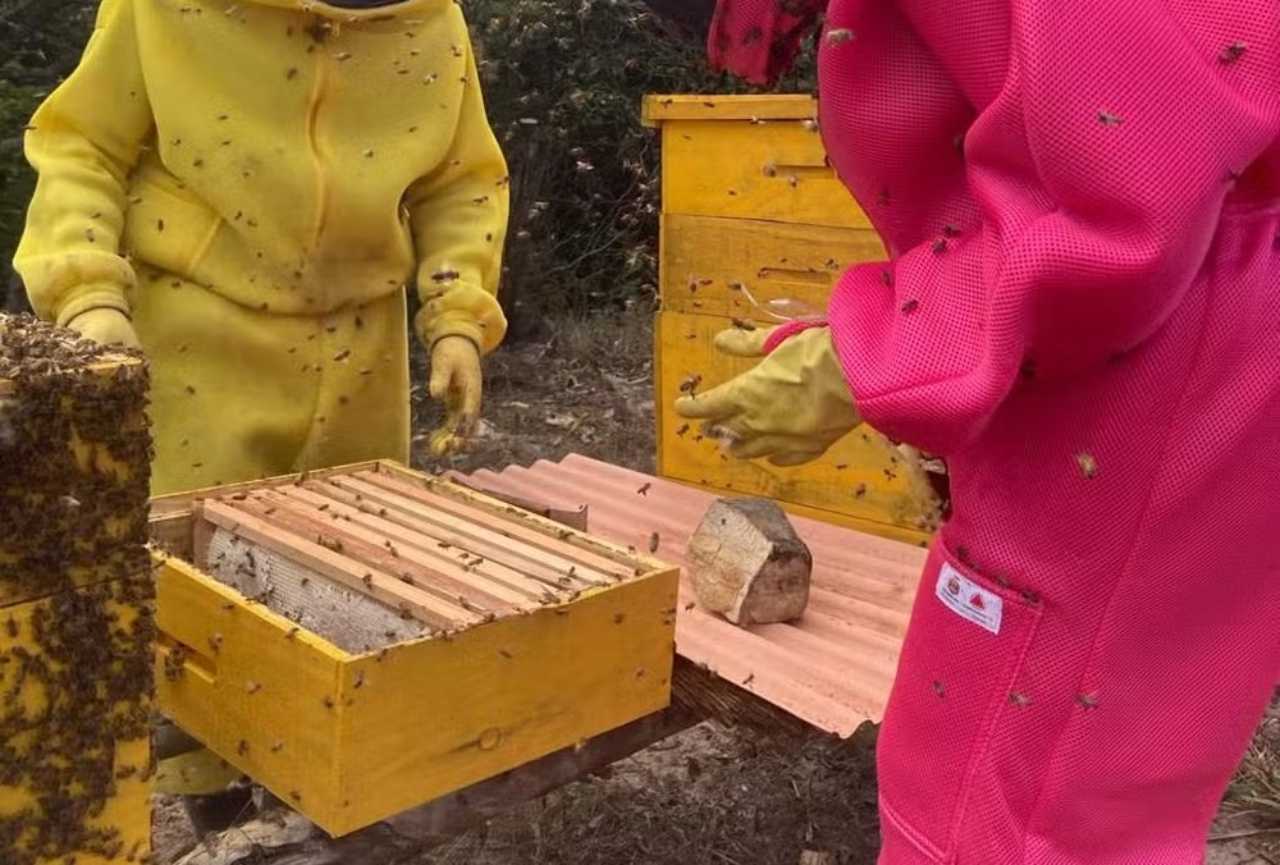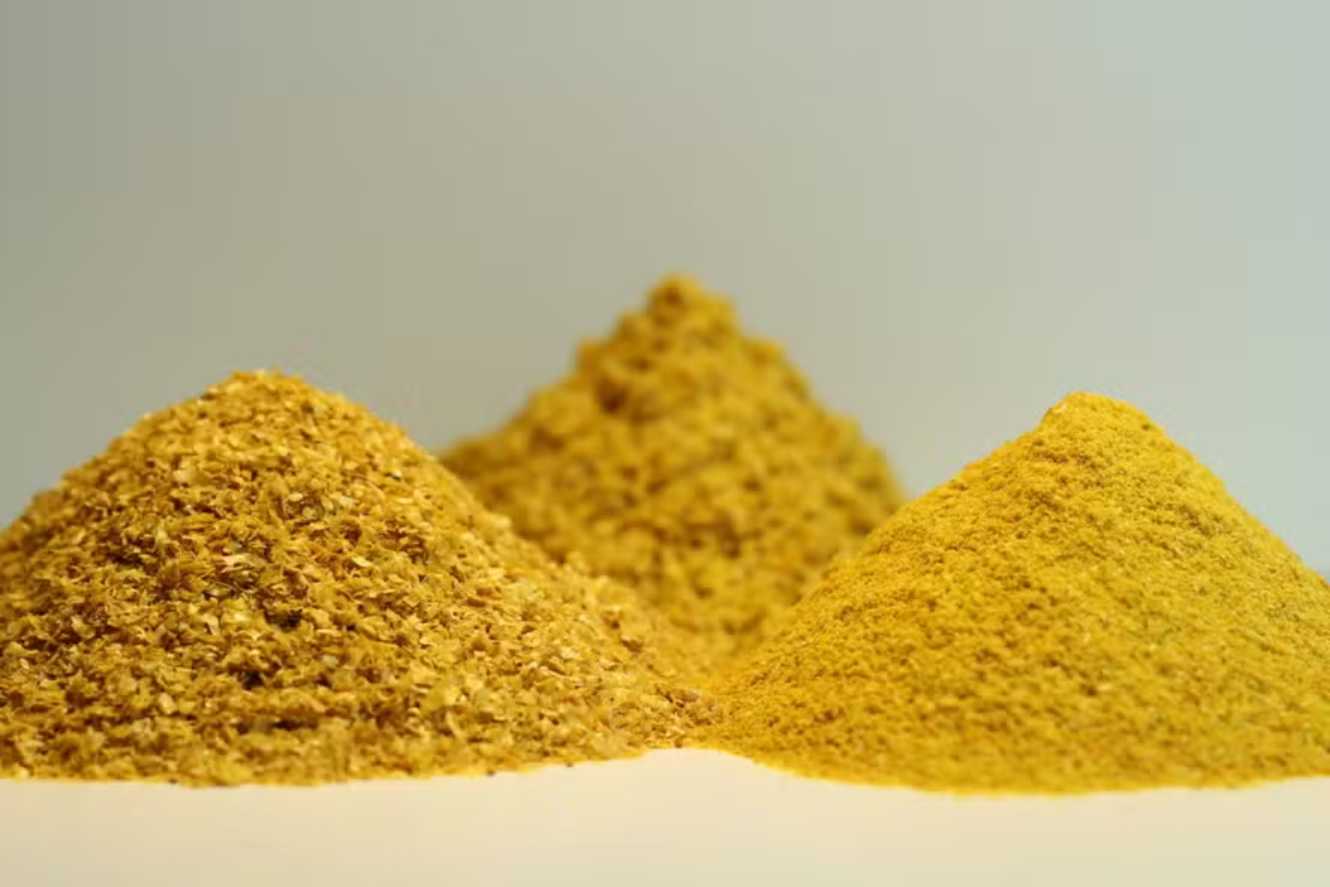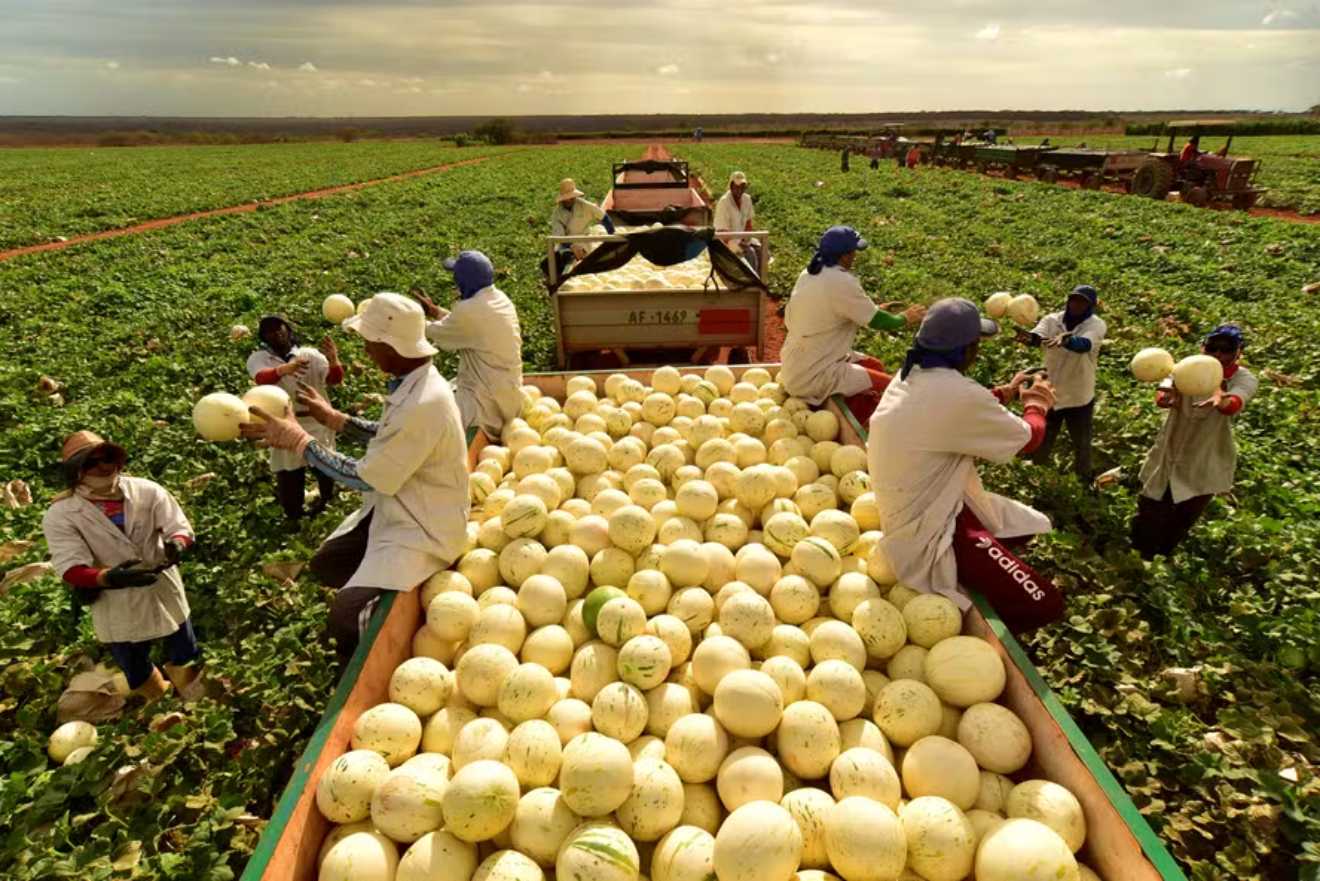Hiago Alves, a beekeeper and director of Melífica, a company based in Itambé do Mato Dentro (MG), entered the beekeeping business in 2021 with his family. He started modestly with one hive, but today has over 20 hives producing honey.
In his first harvest, Hiago managed to collect 10 kilograms of honey. Now, that production has increased to 200 kilograms. His next goal is to expand to 30 hives, with an expected yield of 900 kilograms of honey.
To achieve this leap in productivity, Hiago implemented techniques for selecting, breeding, and introducing new queens into the colonies. These methods were developed through careful observation of bee behavior, making annual changes by swapping out the queen bees. “The results have been surprising, and every new harvest shows improvement,” says Alves.
“I always select queens that, in the first three months of their colonies, show productivity in honey, healthy bees, cleanliness, and the ability to maintain a united swarm. These queens ensure that their colonies stay healthy and produce in high volumes,” explains the beekeeper.
Luis Fernando Wolff, a researcher at the Ministry of Agriculture and Livestock, in the Organic Production Support Center, highlights that periodically replacing the queen ensures the colonies have high growth potential, resistance to pests and diseases, and minimal swarming. “These are all desirable traits, translating into higher productivity and colony resilience in adverse conditions, such as the climate changes we’re experiencing,” he notes.
A study published by the Agricultural Research and Rural Extension Company of Santa Catarina (Epagri) indicates that the selection and replacement of queens can reduce the infestation rate of the Varroa destructor mite from 6% to 1-2%. “This is one of the recommended practices for maintaining apiary health without the need for chemical treatments to control pests and diseases, ensuring safer food,” explains Tânia Patrícia Schafascheck, a researcher at Epagri and author of a technical bulletin on the subject.
The study also notes that the practice of queen selection can be applied in various production scales and settings, using three different methods: larval transfer, nucleation, and natural pulling.
According to Wolff, one important tip for beekeepers is to collaborate with local associations to establish seasonal management plans for apiaries. “Building regional programs is key to improving the practice of genetic selection. This collaboration and exchange of local experiences is essential,” he concludes.





